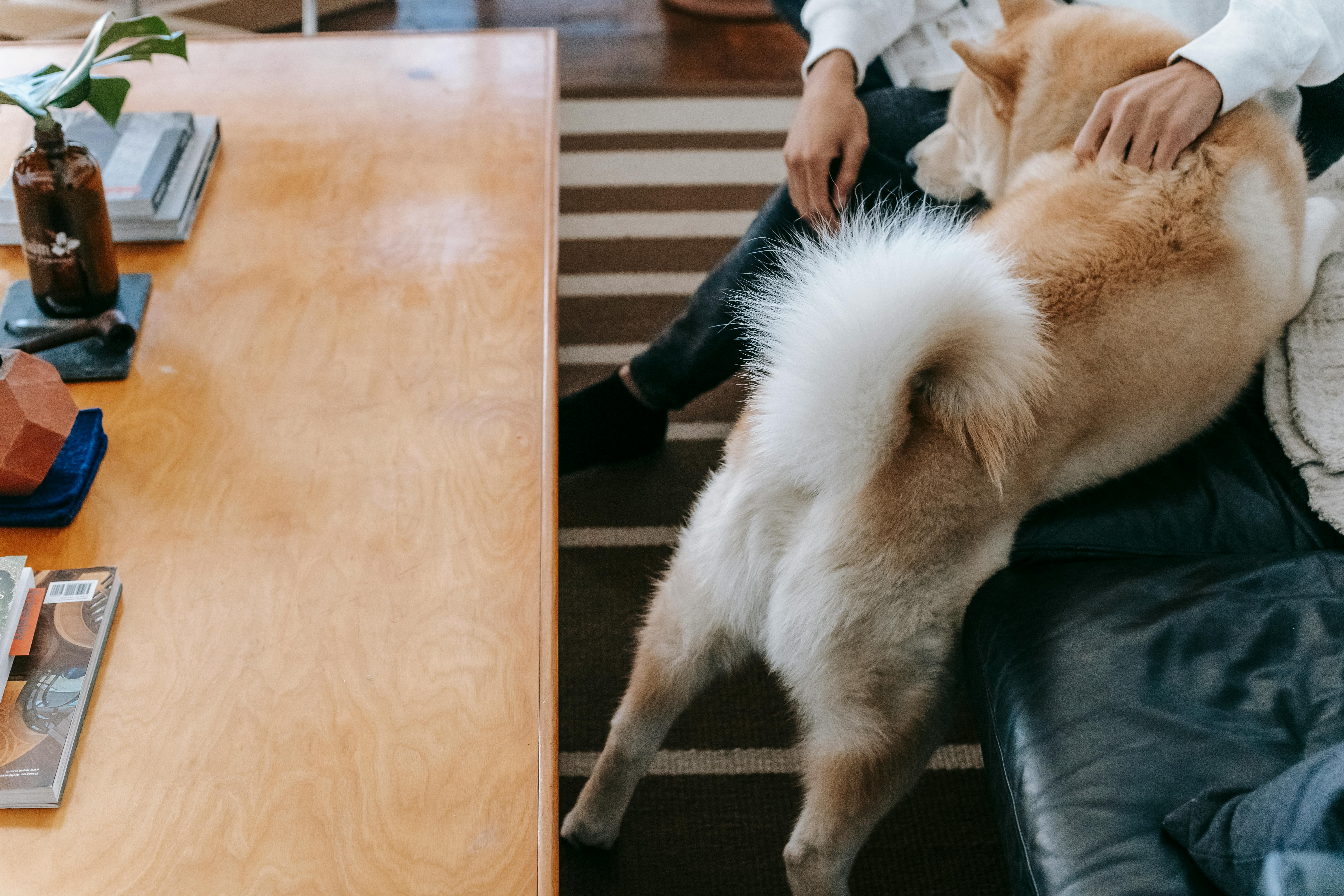The tidal wave event in the Affenpinscher’s modern history was the birth of the famous Hawaiian litter. This happened when Ellen and Gil Stoewsand of Geneva, New York purchased a male named Deer Run Goblin Del Cocagi from Tobin Jackson. After completing the Goblin championship, Ms. Stoewsand searched for several years before succeeding in obtaining a Lucille Meystedt female, Schwartz Diamant de Ch.Balu. Unexpectedly, the Stoewsands received a six-month appointment to go to the University of Hawaii. Dr. Gil Stoewsand is a researcher at Cornell University. A few days after the new year of 1976, Gil, Ellen and their two daughters, Corrine and Cathy, with their two Affen landed in Honolulu. Because Hawaii is rabies-free, the dogs had to be quarantined for four months. In February 1976, while in quarantine, a litter of six puppies was born by caesarean section to Schwartz Diamant de Ch.Balu, who was called “Dema”. Dr. and Mrs. Stoewsand had high praise for the concern and care their dogs received during quarantine. They were allowed to visit them daily and the facilities were excellent. This information is included here to allay some of the fears associated with quarantining dogs, as is necessary in England, parts of Europe, and many of the rabies-free islands. The dogs, by most accounts, come out of the experience in good condition and well-adjusted.
Of these six Goblin and Dema pups, one did not survive the first week. Another male was very weak and survived only through the heroic efforts of the Stoewsands’ youngest daughter, Cathy, and was later kept in her home as her pet. A third male was sold to a woman in Hawaii who then took the dog with her to Germany. Of the four brought to the mainland, two were preserved and displayed by Mrs. Stoewsand, Ch.El Cocagi Alii, whose name means “Royalty”, and Ch.El Cocagi Eli Eli Wahine, which means “Black Girl” in Hawaiian. Alii was called “Taz” and was later sold to Julianna Bitter in California. “Posey”, which was the calling name of Eli Eli Wahine, had a prestigious career in show business, beginning with winning Best of Breed in the first Affenpinscher Club of America special match in 1976. He was even more influential as a female of great production.
The fourth pup was a male purchased by professional trainer Robert Sharp for his daughter Jennifer. This dog was named Ch.El Cogagi Kamehameha (named after the last king of Hawaii) and named “Bear”. He was the winningest Affenpinscher for several years. On June 11, 1978, Bear became the first Affenpinscher to receive an all-breed Best in Show, under Judge Robert Wills at the Tonawanda Valley Kennel Club in upstate New York. In 1980 he won the Best of Breed award in the first officially supported entry for Affenpinschers. The Champion The Cocagi Kamehaneha was a wonderful show dog and attracted many enthusiasts to the breed.
Mr. Sharp’s assistant at the time, who conditioned, groomed and later owned Bear, was Bonnie (Hawkins) Sellner. She has had a long and continuous association with the breed as a handler, owner and breeder. Her kennel name is Wyn Willow. Several dogs from his Kamehameha breeding or offspring from her have had an impact on the breed. Giancarlo Volante, from California, showed a triple great-grandson of Kamehameha, Ch.Puff Von Apache Rauchen, who became the third Affenpinscher to win an all-breed Best in Show. He repeated this feat with several more Bests, including two in Mexico.
The second Best in Show winning Affenpinscher of all breeds, and the first female to do so, was Ch.Christina v.Silber Wald, owned by Jack and Joann Beutel of Portland, Oregon and managed by Paul and Pauline Booher. Because there were so few Affenpinschers in the area where she lived and “Chrissy” was shown, she had to finish her championship by winning the Toy Group. Margret Lewis of Tuxedo, New York raised Chrissy. Mrs. Lewis came from Germany and imported her original breeding stock from there. Chrissy’s father was Ch.Von Tiki’s My Pal Joey and her mother was Primrose v.Silber Wald. Linda and Dorothy Strydio, who bred and exhibited several Affens during the 1970s and 1980s, raised her father.
During the 1980s, the Stoewsands continued the El Cocagi line and bred top show dogs as well as top producers. Most of the winningest Affenpinschers in the ring during the 1980s and 1990s had one or more of the three champions from that Hawaiian breed in their pedigrees. These three dogs significantly changed the quality and type of the breed throughout the world. Another of the notable dogs was Ch. El Cocagi Black Baron, who had been bought and shown by Quentin and Blanche Roberts from California. They made him one of the top show dogs in the early 1980s.
Marjorie and David Saylor, who had finished several Deer Run Affens, bought Ch.El Cocagi Vampira which was out of Ch.Balu’s Schwartz Zucker and El Cocagi Scarlet O’Hare. She became a top producer with nine champions. She was bred to the Saylors’ little red dog, Eric the Red of Ch. Deer Run. Saylors Mountain View Affenpinschers are after several beautiful red and black Affens.
One of Ch.Flo-Star’s Vampira and Little Tiam’s sons, Ch.El Cocagi Wilhelm, went to England, where he joined other Flo-Star Affens in Wendy Boorer’s Furstin Kennels. Wilhelm and a grandson of Ch.Hilane’s Lonesome Cowboy have greatly contributed to the Affenpinscher in the UK. Mrs. Rita Turner, whose cattery name is Gerbrae, and the late Mrs. Pat Patchen, whose prefix was Zipaty, imported five American Affenpinschers. These dogs from Hilane and Tajar added to the Balu, Flo-Star, Vroni Kleine and El Cocagi lines comprised most of the American influence in England. According to The First Fifty Affenpinscher Champions, compiled by Dr.M.Brown and Mrs.S.Pirrie, all current champions can be traced back to these lines.
